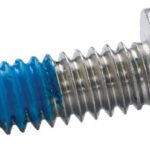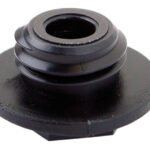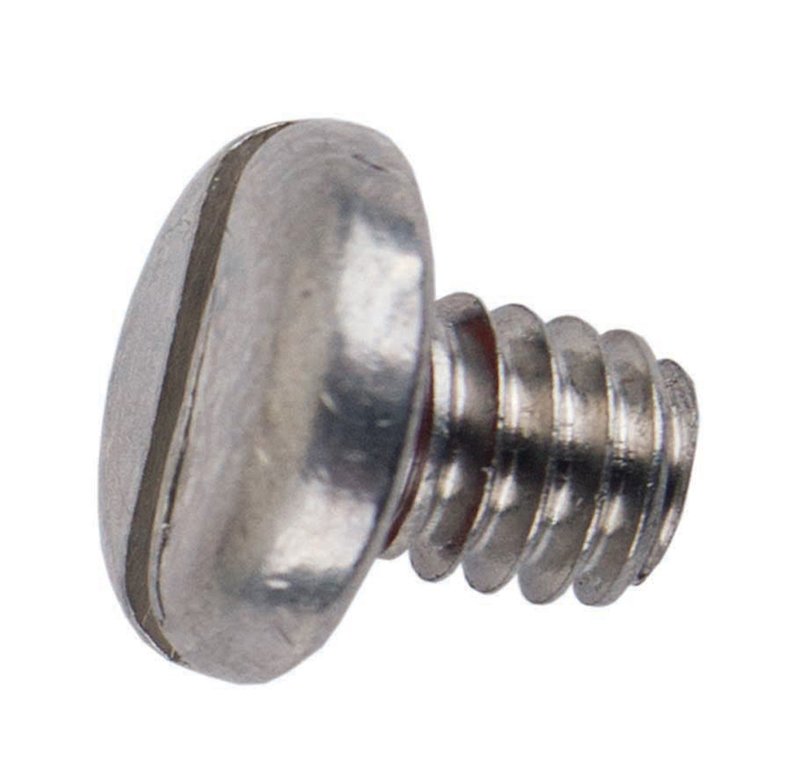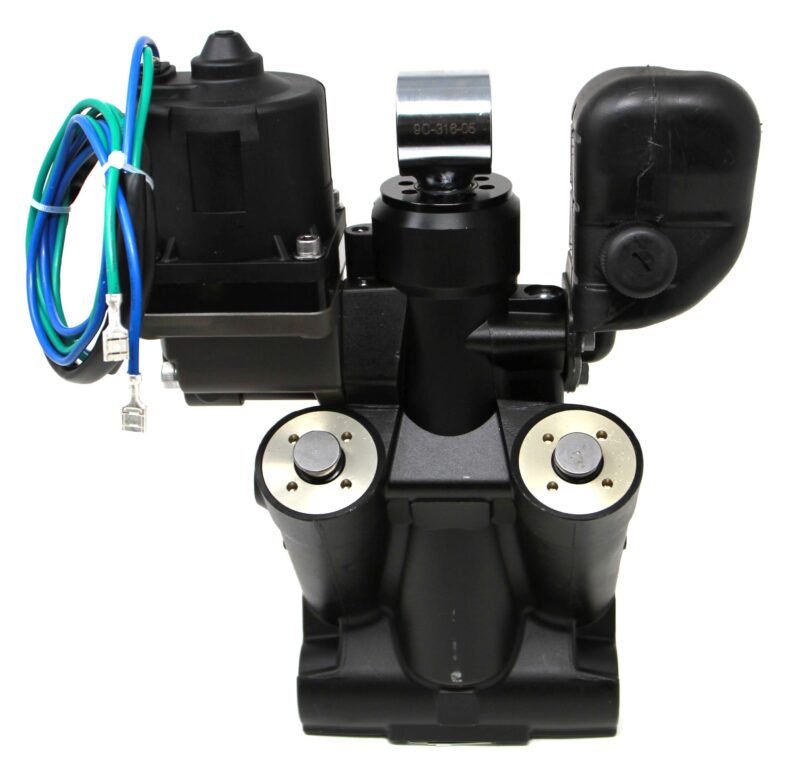
BOLT, ANODE
April 22, 2024
SHIFT BUSHING
April 22, 2024
Description
A screw is a threaded fastener used to secure objects or components together. Here’s a simplified overview:
- Function: Screws are used to join or fasten objects by applying torque to the head, which engages with a matching threaded hole or nut. They provide a strong and reliable connection that can be easily assembled and disassembled.
- Design: Screws consist of a threaded shaft with a head at one end. The shaft may have different thread types, including machine threads, wood threads, or self-tapping threads, depending on the application. The head of the screw can be flat, rounded, hexagonal, or another shape, and may feature slots, recesses, or holes for driving with a tool.
- Materials: Screws are commonly made from metals such as steel, stainless steel, brass, or aluminum. They may also be made from plastics or composites for specific applications. The choice of material depends on factors such as strength, corrosion resistance, and environmental conditions.
- Types: There are many types of screws, including machine screws, wood screws, self-tapping screws, sheet metal screws, and drywall screws, among others. Each type is designed for specific materials and applications, such as joining metal, wood, plastic, or other materials.
- Installation: Screws are installed by rotating them into a pre-drilled hole or threaded nut using a screwdriver, wrench, or power tool. The threads on the screw engage with the mating threads in the hole or nut, creating a secure connection. Proper torque is applied to ensure the screw is tightened securely without damaging the materials being joined.
- Applications: Screws are used in countless applications across industries, including construction, manufacturing, automotive, electronics, and furniture assembly. They are commonly used to assemble furniture, appliances, machinery, vehicles, and electronic devices, among other things.
- Maintenance: Proper installation and tightening of screws are essential to ensure the integrity and reliability of the connection. Periodic inspection may be necessary to check for loosening, corrosion, or damage to the screw or mating threads. Worn or damaged screws should be replaced promptly to maintain the structural integrity of the assembly.




